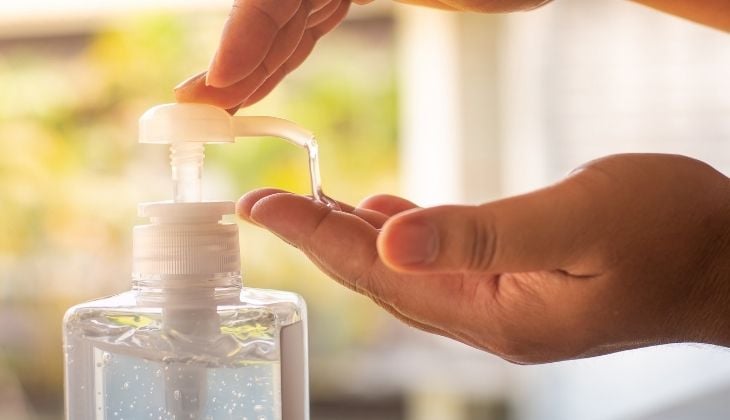You don’t need us to tell you that the global pandemic connected to the coronavirus has had a profound impact on our society. And one of the sectors most affected by the measures put in place to slow the spread of COVID-19 is the event sector, driven by the increasing need to guarantee the safety of attendees at all times. In this post, we’re going to look at the future of events and discuss some of the ways to adapt your meeting or corporate event to current times. Keep reading to find out more.
Reduce risk of infection as far as possible
With a calendar of events that has been active since January 2021, Malaga Trade Fair and Congress Center (FYCMA) sets an example regarding the implementation of health and safety protocols at trade fairs and exhibitions. The aim is, of course, to reduce the risk of infection as far as possible. To do so, you need to understand the characteristics of the event you’re planning on holding in advance and then seek to adapt it to meet the requirements of low risk events. So what is the definition of a low risk event? According to the Coordination Centre for Health Alerts and Emergencies at the Spanish Health Ministry, low risk events meet the following requirements:
- They last less than an hour
- They keep the number of areas where attendees come into close contact to a minimum
- They are attended by people with low risk of infection or coming from low risk areas.
- They seek to keep attendees seated at a safe distance during the event.
- They take place outdoors or in well-ventilated spaces.
Events must therefore seek to meet as many of the points outlined in the following document: Recommendations for events and activities in the context of COVID-19 in Spain (September 2020).
Set out a plan of action
When you’re planning a get-together, the priority is to set out a plan of action for each of the scheduled events. Once you’ve analysed the characteristics of the events and reduced all possible risks, you can then put in place a set of preventive measures. Some of the most important are the following:
- Maintain effective communication with local and regional health authorities
- Put in place mechanisms to identify any infections that occur at events lasting a number of days and notify the health authorities, where necessary (taking into account data protection legislation)
- Maintain and meet frequent cleaning protocols and provide attendees with all the information and material they need to protect their health (gel dispensers, division screens, notices reminding them to wear face masks, etc.)
- Offer refunds for attendees with symptoms at paid events.

Not all the measures on the action plan will be implemented during the event: some will take place before and some will take place after. In particular, one of the measures that will mark the difference between a well organised and a poorly organised event is follow-up, in other words, making it easy for attendees who have felt unwell since the event has taken place to get in touch.
Consider hybrid or 100% online events if they add value
COVID-19 measures that have been implemented in the MICE sector cater fully to existing ways of planning events. It is worth considering hybrid and online solutions when the formulas enable you to maintain the quality and value of the event.
Though an exposition is not the same as a congress, there are a number of different elements of online events which are not affected by going digital. Generally speaking, events that do not meet the aforementioned requirements (and are therefore deemed to be of moderate or high risk) are ideal candidates for online or hybrid solutions. It can be an advantage not only in terms of safety but also financially: offering live streaming and online subscriptions can help cover the costs of the event while all the required health and safety measures are in place.

Be aware you may have to cancel
Constant uncertainty will certainly be one of the factors defining trade fair and conference planning in the future. The epidemiological picture is in a state of flux and event organisers have to be open to the idea that they may have to cancel their event, should the situation require it (for instance, if the risk is high and little can be done to mitigate it).
As a number of experts interviewed about new trends in the MICE sector confirmed, the province of Malaga remains a leading force in the sector following the first waves of the virus and the forecast is that this will not change. Combining safety with a whole host of different events, the Costa del Sol remains the destination for MICE tourism.








